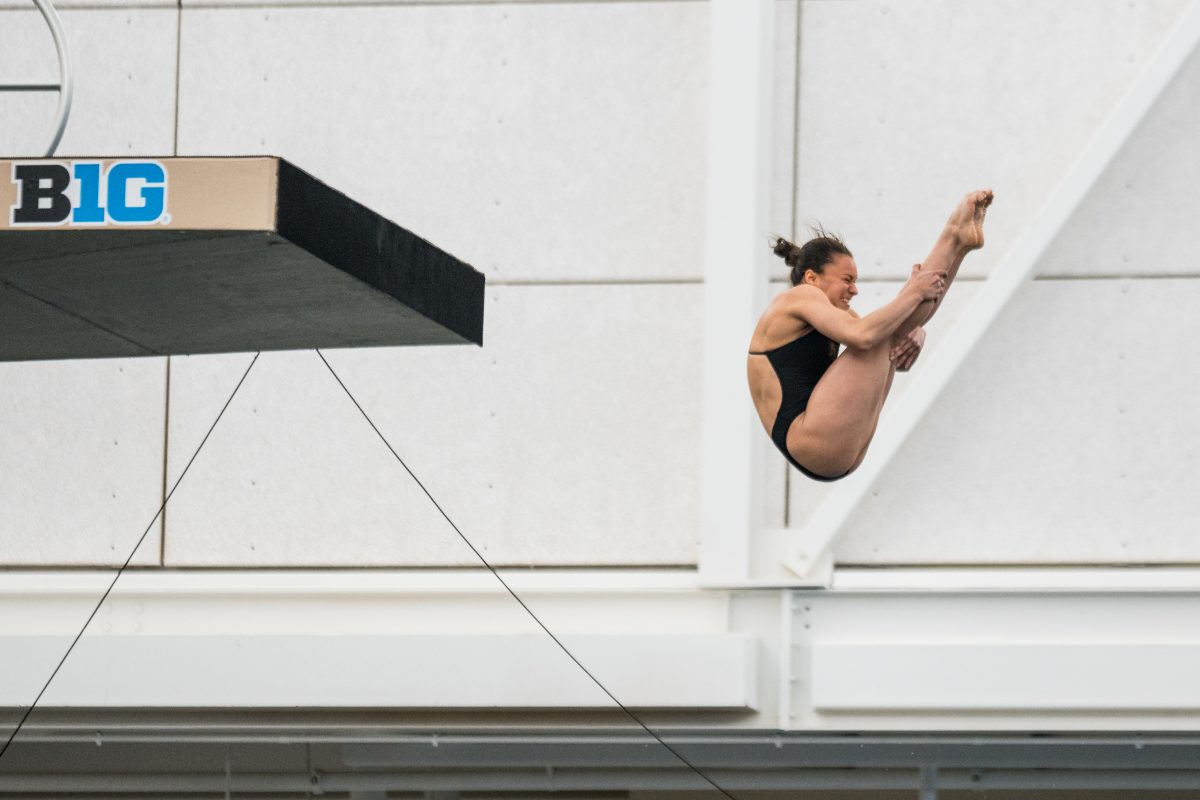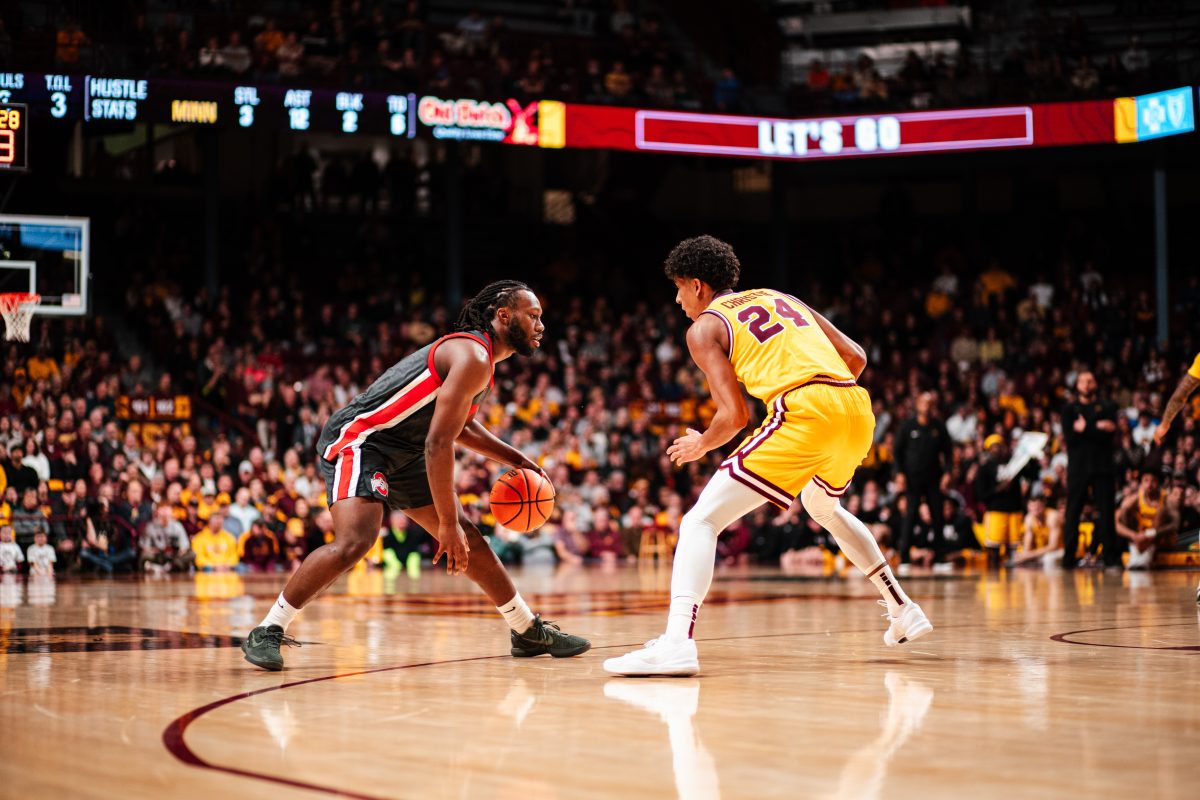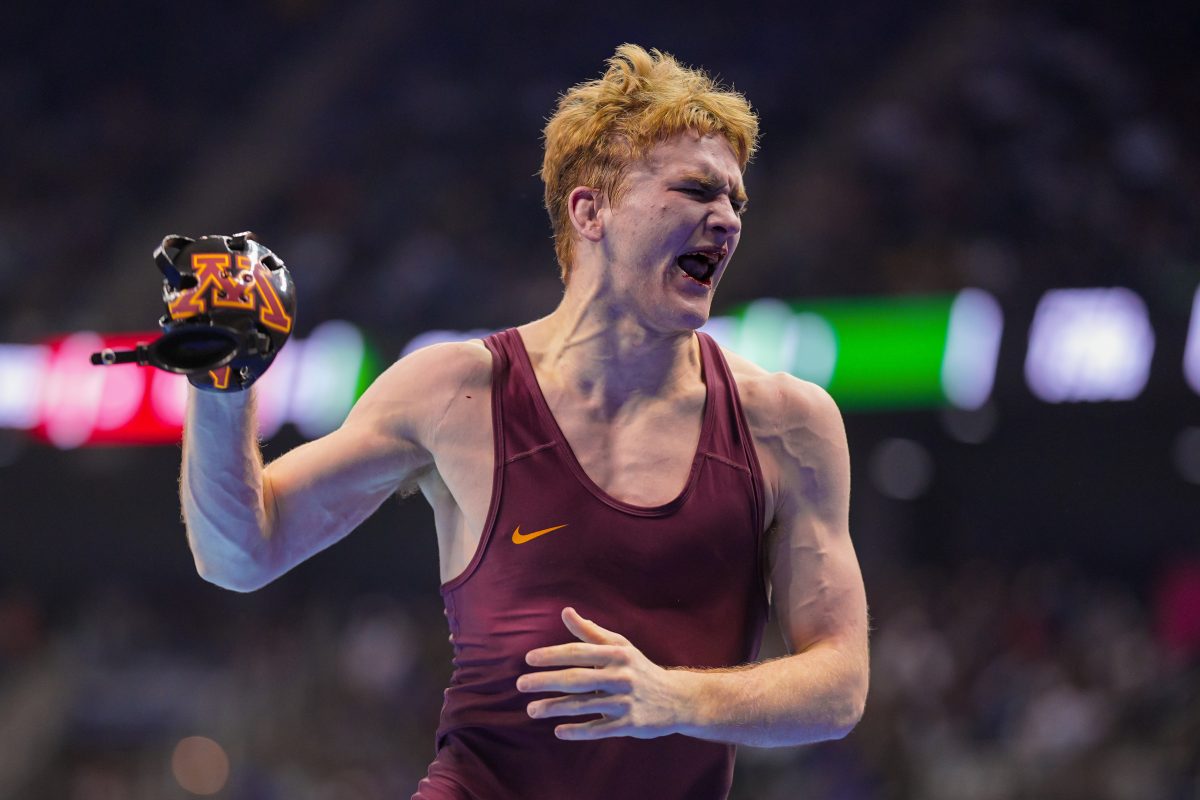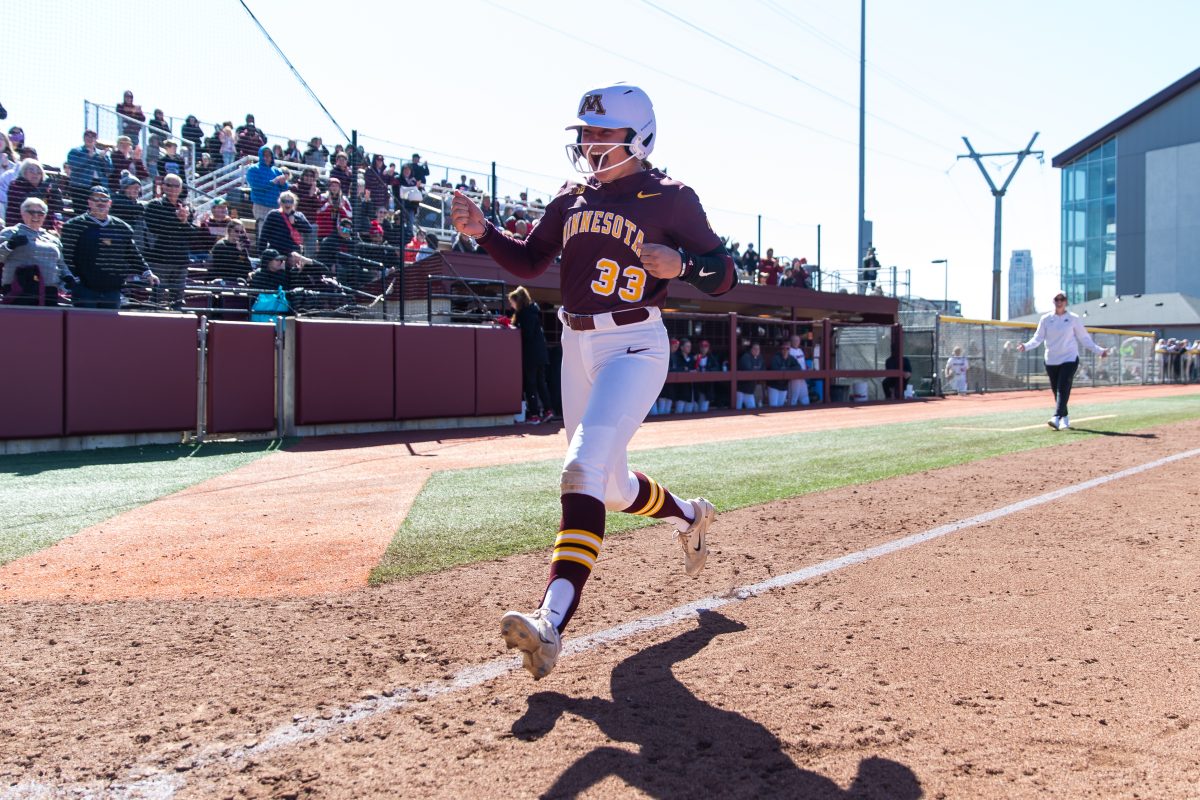As costs escalate in major college athletics, well-off athletic departments across the country are striving for self-sufficiency.
But as the wealth gap widens, poorer athletic departments turn to their undergraduates for aid.
The University of Minnesota handed its athletics department a $2.3 million subsidy during the 2011 fiscal year to run its direct operations, a 20 percent decline from the 2010 subsidy, according to Equity in Athletics Disclosure forms.
Those numbers are actually pretty good compared to smaller schools outside the six major BCS conferences.
âÄúAdditional dollars from the Big Ten Network, NCAA tournaments and what IâÄôd like to think are some good decisions on our part with Learfield and Nike contracts helped with that,âÄù athletics director Joel Maturi said.
The University has steadily decreased the size of its athletics subsidy from $6.8 million during MaturiâÄôs first year as athletics director in 2002, according to Elizabeth Eull, former associate athletic director in charge of finances.
Eull left that job in August 2011 to take a new one as deputy chief of staff in President Eric KalerâÄôs office.
âÄúThe agreement with the University when Maturi came in was that athletics would cut its reliance on central support,âÄù Eull said. âÄúBut it has really been a combination for Gopher athletics that there was a planned reduction, then the state money started to get drawn back and the entire University needed to cut back, including athletics.âÄù
While Minnesota has made the move toward self-sufficiency in athletics, the same cannot be seen throughout smaller conferences in the NCAA.
The poorer conferences, such as the Mid-American, Sunbelt and Western Athletic conferences have levied the bill created by their athletics department onto their undergraduates, which is often called the âÄúathletics tax.âÄù
The University of MinnesotaâÄôs $2.3 million subsidy to its athletics department accounted for only 3 percent of its total operating revenue. But for comparison, WAC schools subsidized 48 percent of their athletic budgets on average in 2009.
That means every undergraduate that attended a WAC-member school in 2009 paid $718 of their tuition toward a subsidy for the schoolâÄôs athletic department, according to a study from the Center for College Affordability and Productivity.
Meanwhile the average Big Ten undergraduate paid $67, per full-time student, according to the same study.
The CCAP counts the âÄúathletics taxâÄù as any reported revenue by an athletics department that falls under the category of student fees, direct state or other government support, direct institutional support or indirect facilities and administrative support.
However, every athletics department balances its books differently and it can be difficult to draw direct comparisons between them, Eull said. Furthermore, Equity in Athletics Disclosure forms may not capture every revenue and expense, only what a school reports to the NCAA.
During the mid-2000s, the University of Minnesota changed the way it billed its departments for âÄúcentral costs,âÄù such as utilities, Eull said.
This meant the University would give an additional $5.4 million in indirect facilities and administrative support to the athletics department during fiscal year 2011, on top of the $2.3 million given as direct institutional support.
But the University charges the money back to athletics after covering initial costs, Eull said.
âÄúIt is really a different model than any other in the Big Ten,âÄù Eull said. âÄúBut [institutional] support comes in many ways.âÄù
For instance, at the University of Wisconsin-Madison, all student-athletes have the out-of-state tuition premium waived, which then allows the school to spend less on its academic aid for athletes. A common occurrence in big-time athletics, Maturi said.
âÄúSome would suggest that is a subsidy,âÄù Eull said.
At the University of Illinois, all fringe medical benefits and insurance costs are paid for by their institution, in turn it does not show up on their athletic budget, Eull said.
MinnesotaâÄôs athletic department does not waive out-of-state tuition for student-athletes, and also pays medical benefits.
âÄúNobody is doing it wrong from an accounting standpoint,âÄù Eull said. âÄúTheyâÄôre just doing it differently.âÄù
In order for MinnesotaâÄôs athletics department to run on its own, with no University assistance, Maturi said he is taking the next step and starting preferred seating next year in menâÄôs basketball and menâÄôs hockey.
âÄúNobody wants to pay more, but rather than raising ticket prices, weâÄôre forcing a donation,âÄù Maturi said. âÄúAnd the good news is 80 percent of that is tax deductible.âÄù
The athletics department also pays nearly $9 million toward athletic scholarships every year and very little of that is endowed, Maturi said.
âÄúWe need to get where many institutions are and endow all of our scholarships,âÄù Maturi said.
That may be a steep climb for the University, given the demand to see tangible improvements with boostersâÄô donation dollars.
âÄúI need to be able to prove to people that weâÄôre using their money,âÄù he said. âÄúNext year, weâÄôre hoping to have new scoreboards, sound systems, ribbon boards and things of that nature in Mariucci and Williams arenas.âÄù
Ideally, Maturi said he would like to develop a reserve for athletics to turn to when itâÄôs needed.
















